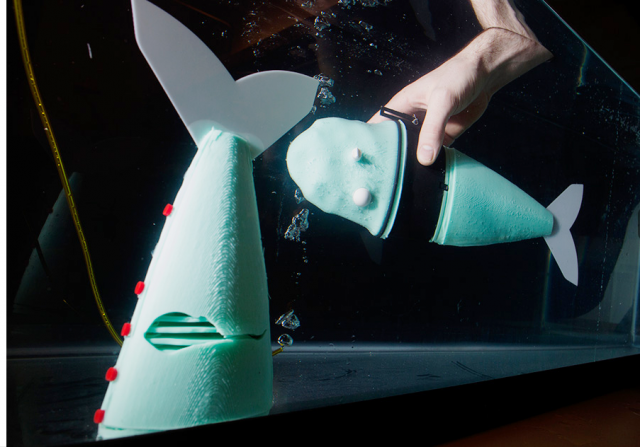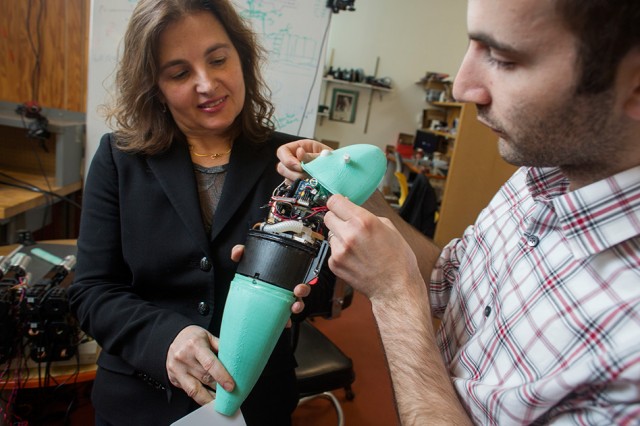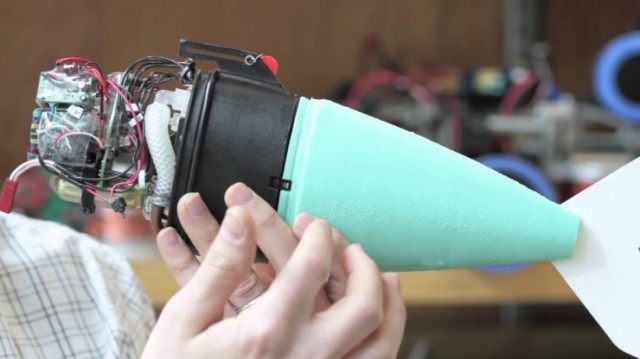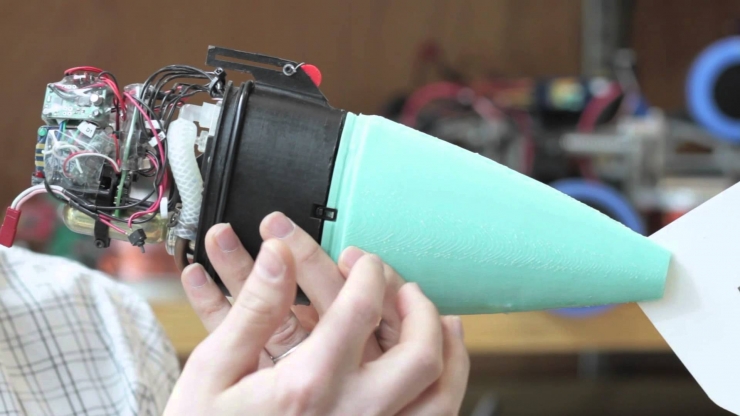How does it sound if someone asks you about a jellyfish drone or jellyfish robot? Well! This is becoming a reality as more and more research is being done in this field. Jellyfish robots are being used for pollution destruction and other purposes. It seems that everyone is getting jellyfish phobia. Even researchers of MIT have made a remarkable achievement in this field by putting a soft and real looking jellyfish robot.
For such robots, a new term has been coined called the soft robot. They have a soft skeleton appearance and the main advantage of these robots is that they are harmless. According to Daniel Rus a professor at MIT, with the proliferation if robots in the real life it is important to make their interaction with the people more safe. This can be achieved by making their bodies more softer.
[youtube]http://www.youtube.com/watch?v=BSA_zb1ajes[/youtube]

The interesting point in soft robots is the degree of freedom they possess and the way they interact with physical world. The main reason for such a freedom of movement is their making. They are made of silicon and we know that silicon is too soft to bow so jellyfish can easily swim in water like a real fish. It can make its moves easily and change its directions at even 100 degrees. Collision avoidance is one of the highest priority for the researchers and soft robots fulfill this condition. Here one thing must be kept in mind that even if this collision occurs it is very small danger both for jellyfish robot and physical environment. Soft robots have become so popular that a new journal is dedicated for their research.


We are really intrigued by these new robots and hope that they may serve the mankind in some critical areas like destroying the pollution. How do you foresee the future of soft robots?
